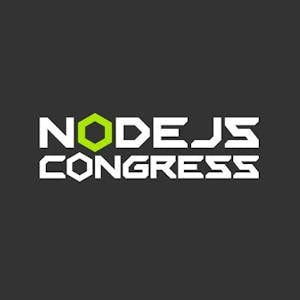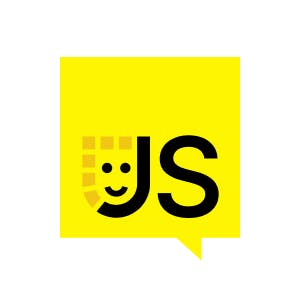Is there a possibility that progressive web apps will win the web completely and mobile app and web app will finally reunite? The data that I was showing you earlier suggested that's a very long way away, right? For people to want more of the experience, if you think about what we were trying to build when we built PWAs. PWAs are kind of an answer to the question of I've got a bunch of users at the top of my funnel, they're coming to my site, and they're using my site, but then they want deeper engagement experiences with it, right? Some of them want push notifications, it turns out it's true. Some of them want their icon to be on the home screen. They want to be able to get back to it, see their unread messages, that sort of thing. All of that is downstream of the experience being good on the front end. If you think of it as a funnel, if you think of it as a flow, PWAs winning is probably downstream of web experiences being good in the first place. Until we have web experiences that don't suck, like that 50% of users who are having a bad time on most websites, on their phones, until we do better than that, why would we expect PWAs to win? This is a quality question. Our ecosystem is in competition, and that competition is about quality. Totally.
Do you think most businesses should primarily optimize for premium devices as that's where the money is, unless you're building government social services? I can't tell you the number of teams that I've worked with who lived in this privilege bubble, all the way up to their management chain, folks who carry fast devices on fast networks most of the time, who were astonished to find that all of the nonsense, absolute tosh, dreck that had been sold by the JavaScript influencer ecosystem about how people have fast devices now, which is obvious in the data, it's bullshit, they were astonished to find that when they made their websites twice or three times as fast, it made them a lot of money, or increased engagement, or whatever their top level metric was. It isn't one-to-one. You can't say if I make this 1% faster, I'm going to get 1% more business. It doesn't work that way. There's a lot of situated stuff. You have to figure out what the flows are, optimize them, end to end, and every business is different. But as a top level question, the idea that you're going to optimize, by the way, we're not talking about optimizing, we're talking about not optimizing. The idea that not optimizing, and believing that your users will pay the cost for your access is a good business strategy, requires a lot of evidence. And so I think we can all say that this is obviously bullshit, because the people who offer it don't bring any evidence. If they had this big pile of data that made sense of this, that sort of made all of these sort of different data points fit together in a way that made sense, we could say yes. Even people selling product handbags are selling aspirational culture, which is to say that the folks who are buying those primarily aren't the ultra-rich.
Do you have the feeling that the new generation of developers skip learning the platform and jump directly into using a framework? Is that good or bad? I don't want to... It's weird hearing me say this, but I don't really want to yuck anyone's yum. I don't want to tell you that you're doing it wrong if you learned a framework to start. But the difference between being a good engineer and a bad engineer, or doing a good job and a bad job, is understanding the relationship between the inputs and outputs. The best engineers I've worked with are the folks who can see the relationship between what you do up at the highest level system, in your CSS or in your HTML, and how that actually plays out on the CPU. I don't expect most of us to understand all of those phases, but we should all aspire to learn the levels above and below us a little bit, because that's what makes us better able to make the cuts and make the trade-offs that deliver quality rather than volume, right? If what we do doesn't matter, then, yes, do whatever you like. But if you're getting paid for it and someone is going to depend on it, please, spend the time to learn more of the stack around you. Awesome. Thank you so much, Alex. This has been great.







Comments